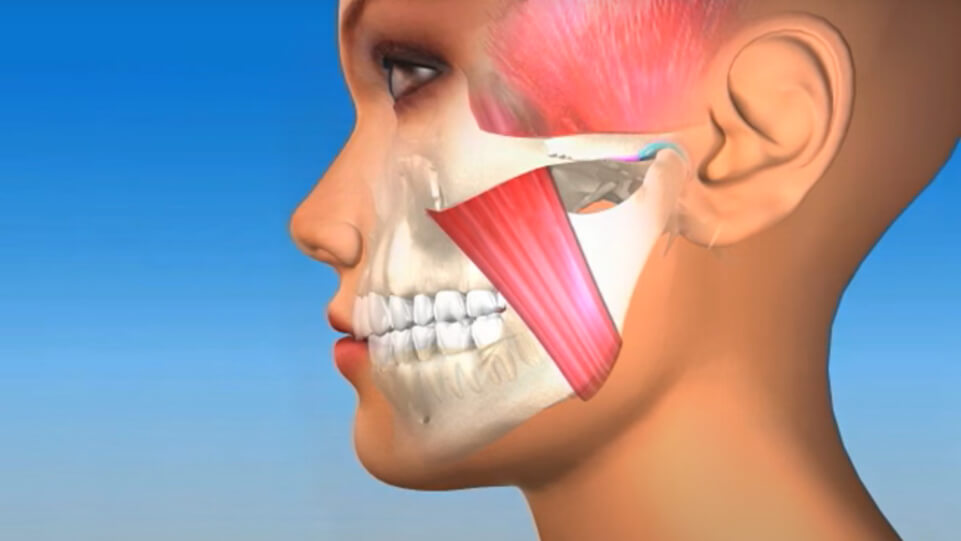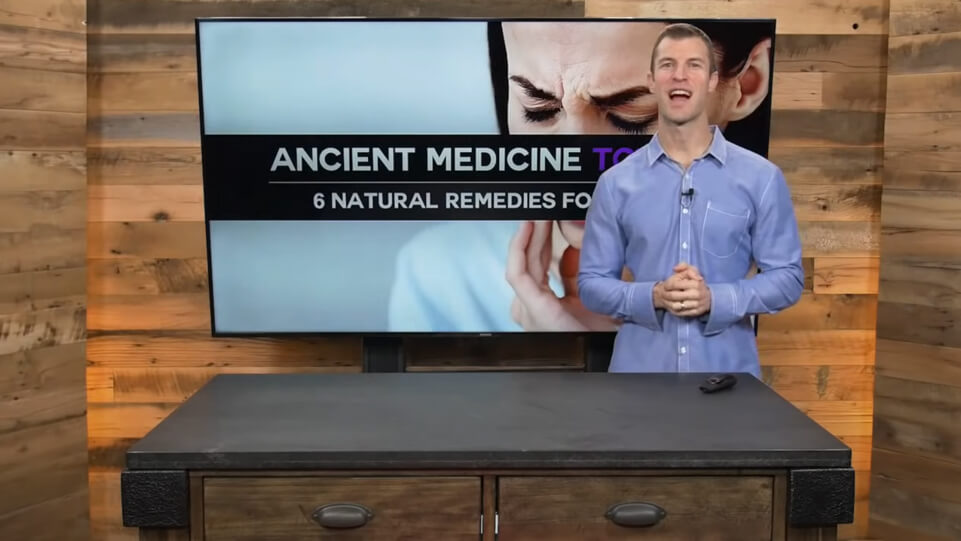PAIN RELIEF FOR TMJ & TMD
tmj pain/ orofacial pain specialist
tmj and
orofacial
pain clinic
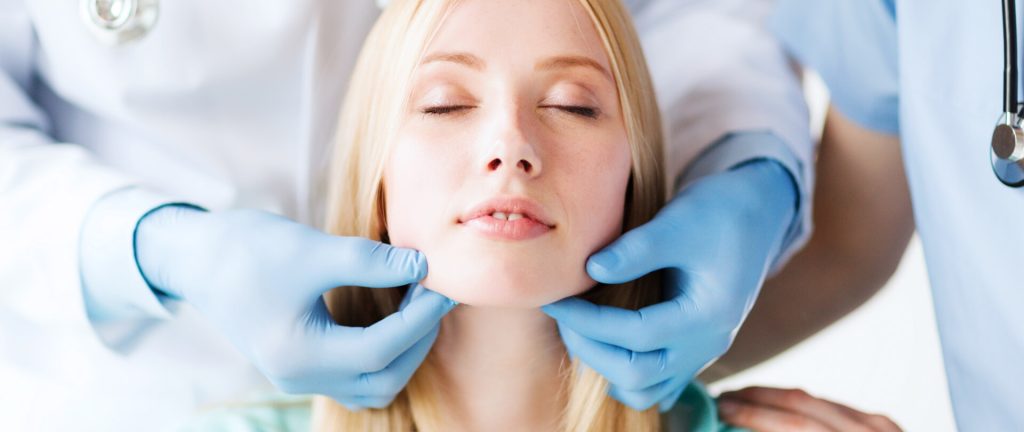
WHAT IS TEMPOROMANDIBULAR JOINT DISORDER AND OROFACIAL PAIN?
Orofacial/Craniofacial pain is a specialized field in dentistry that focuses on providing diagnosis, treatment, and care for non-dental pain in the head, neck, face, or inside the mouth. All of these disorders have different causes and treatment approaches. Individuals experiencing persistent pain ranging from headaches and migraines to TMJ pain, discomfort in the mouth, face, neck, and shoulders, and pain that extends all the way to the feet commonly seek guidance from their dentists for any suspicious toothaches.
Dental pain is a type of orofacial pain that is often addressed and treated through dental procedures. However, orofacial pain can also occur due to non-dental problems such as temporomandibular disorders (TMDs), which resemble the pain occurring in teeth, mouth, or face. It is important to note that not all dentists/ oral surgeons have advanced training in orofacial pain disorders. However, craniofacial/ orofacial pain specialists with advanced training
CAUSES OF OROFACIAL/CRANIOFACIAL PAIN
Individuals experiencing TMJ pain and problems may often experience fatigue and spasms in facial muscles, resulting from trauma, stress, clenching or the inability to find a proper bite, incorrect swallowing, and breathing dysfunction. Additionally, incorrect swallowing and breathing dysfunction may also contribute to these problems. To help you chew and close your mouth properly, your jaw muscles may be working overtime to try and keep your head posture in balance. When these muscles become fatigued, it can send pain down your neck and into your shoulders and back. This pain may even extend to the arms in severe cases.
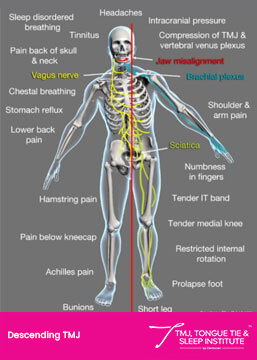
TYPES OF PAIN
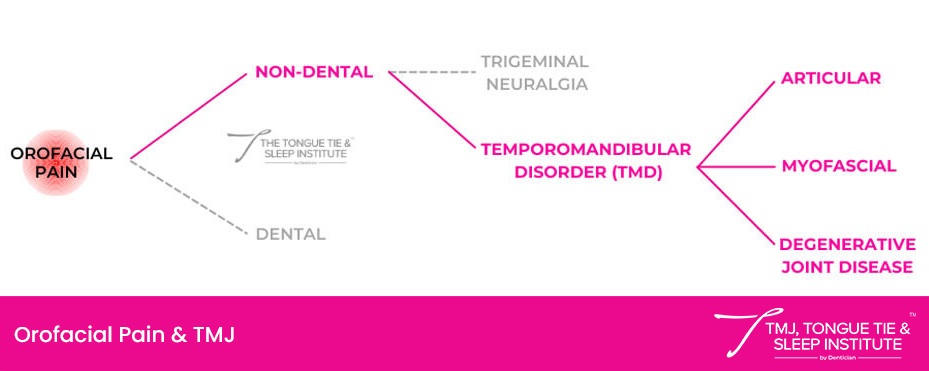
THE MIGRAINE CONNECTION
Migraine pain may sometimes resemble facial pain. Temporomandibular disorders (TMD) and headache disorders frequently coexist, with migraine being the most common type of headache disorder for TMD patients. The symptoms of TMD can intensify, and the migraine pain has the potential to become chronic. Most TMD patients experiencing TMD-related headaches or migraines often consider them to be a normal part of their life and may not express any concerns until asked. However, it is important for patients to understand that experiencing headaches daily is not normal.
HELP US HELP YOU!
NEUROLOGICAL PAIN
- Severe pain
- Paresthesia
- Numbness
- Tingling
- Burning
OROFACIAL PAIN
- Jaw pain on one side
- Dull Ache
- Stiffness
- Intense Pain
- Referred Pain
- Deep & Aching At Rest
- Mild to Severe Pain
- Inconsistent Variable Pain
- Tenderness of Skin in Region of Referred Pain
- No Prickling, Numbing or Burning
- Rarely Throbbing
ARTICULAR PAIN
- Acute
- Localised
- Pain Reduced with Rest
- Sharp, Knife Like
- Pain On Movement
PAIN MANAGEMENT
If we know WHY, we know HOW? At The TMJ, Tongue Tie & Sleep Institute by Dentician, we focus on decreasing the occurrences of pain and addressing the functional limitations of the patient through comprehensive and minimally-invasive approaches to sustainably improve quality of life. If you are experiencing orofacial pain, it is essential to recognize that you are not alone. Numerous individuals experience similar challenges, and seeking help from an experienced orofacial pain specialist can help you get a proper diagnosis and care for your condition.
Myofascial release (MFR, self-myofascial release) is a therapy used to treat skeletal muscle immobility and pain by relaxing contracted muscles, improving blood, oxygen, and lymphatic circulation, and stimulating the stretch reflex in muscles. The therapy integrates the release of trigger points (sensitive areas of tight muscle fibers in your muscles) in the muscles and fascia.
The most popular Myofascial release technique is the Functional Neuro Myofascial Massage Technique (FNFT). FNFT performs Myofascial releases both intraorally and extraorally to provide a FAST pain relief and recovery technique for muscles fatigued from TMD.
LLLT is a non-invasive light source treatment that generates a single wavelength of light. It emits no heat, sound, or vibration. It is also called biostimulation. LLLT is believed to accelerate the repair of connective tissue and act as an anti-inflammatory agent that is provided as an adjunct to FNFT.
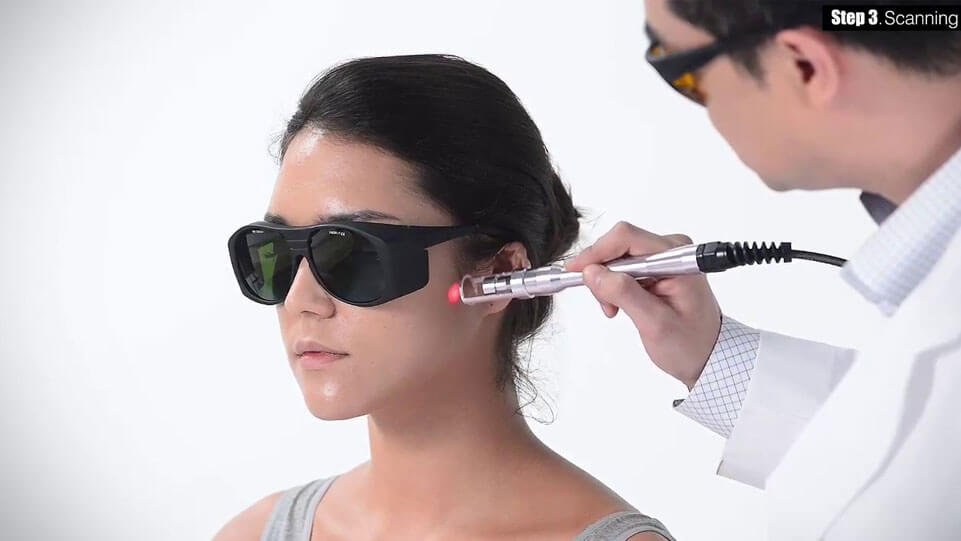
Magnesium may improve your sleep. It plays an important role in your nervous system, helping to activate mechanisms that quiet and calm you. It may also help relieve anxiety and depression, which can interfere with sleep.
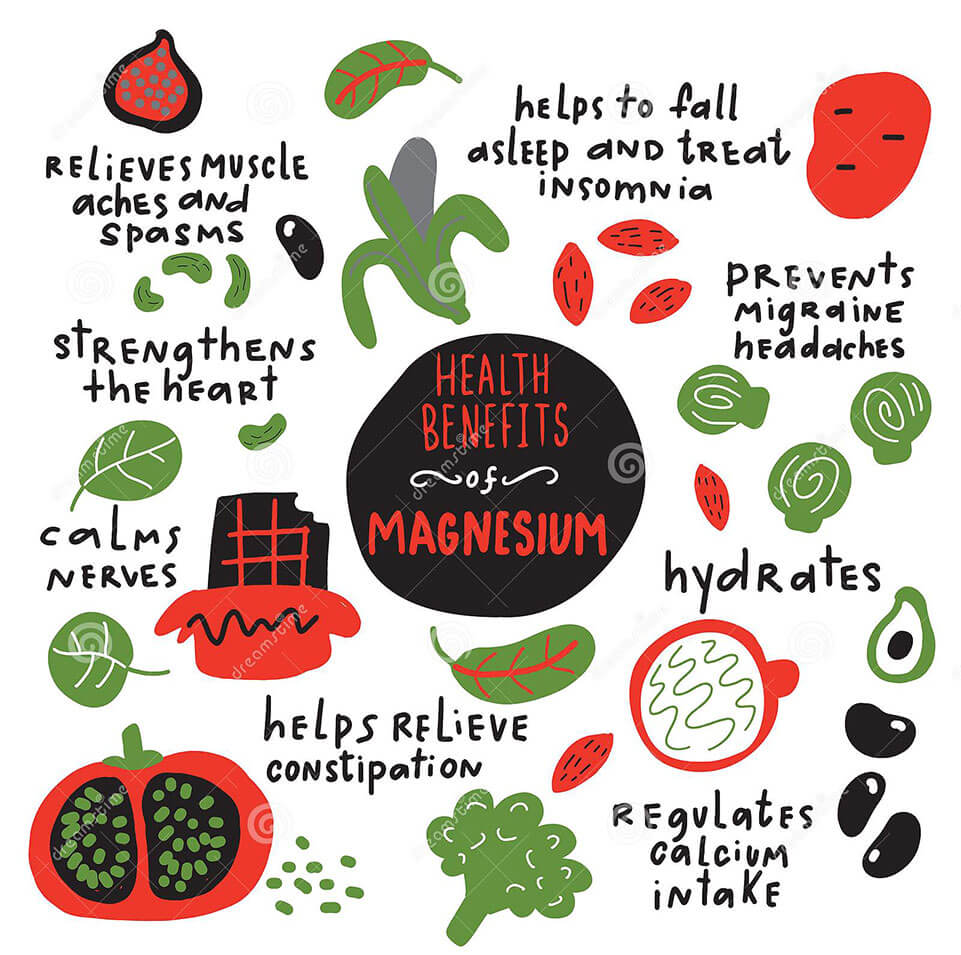
Orofacial myofunctional therapy focuses strictly on treating the root cause, tries to fix it first and break that negative cycle. A study from Brazil shows OMT has a significant reduction of pain sensitivity to palpations for all muscles and increased the mandibular mobility, range of motion and reduced frequency and severity of signs and symptoms of TMD.
An orthotic device is a customized splint that can ease your jaw into a more comfortable and less straining TMJ position.
We recommend the application of warm packs a couple of times a day to help relax some of the musculature in that area.

Crunchy & Chewy foods will put unnecessary stress on the TMJ. Soft Diets are the most ideal for those suffering from TMD’s since they reduce the amount of force on the muscles used for chewing. This reduces the strain on the joint and spasming of the muscles. Certain foods and diets like dairy free diets are also shown to reduce inflammation. This can further help fight chronic pain and relieve head & sinus congestion.
Frequently Asked Questions
Speak to an Orofacial Pain Specialist
OUR NON-INVASIVE SOLUTIONS FOR TMJ DISORDER & JAW PAIN:
Blogs
















